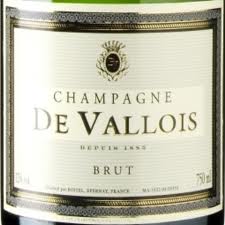 Tesco has announced the arrival on its shelves of the first lighterweight Champagne bottles.
Tesco has announced the arrival on its shelves of the first lighterweight Champagne bottles.
The lighter weight bottle initiative, which is being led by the Comite Interprofessionnel du Vin de Champagne (“CIVC”), will see a 7.2% weight reduction in standard 750ml Champagne bottles – taking them from 900g to 830g.
Tesco has demonstrated its support for the programme with the news that its exclusive De Vallois Champagne is now supplied in lightweight 830g bottles.
This forms part of a “concerted sustainability drive” for Tesco, which will see all of its Champagne bottles lightweighted over the next few years. The aim of the exercise is to reduce glass waste, cut carbon emissions and lower transportation costs.
Andrew Gale, category technical manager for the Tesco beers, wines and spirits division, said: “We are delighted to be further expanding our existing lightweight bottle range to include Champagne bottles and expect to see all UK stock in this format within the next few years. We are fully committed to reducing glass waste across our entire drinks portfolio and are working closely with our suppliers and the wider industry to deliver significant CO2 reductions throughout our supply chain. We are confident that the Tesco shopper will respond positively to the move.”
Tesco secured headlines last year when the retailer introduced the lightest-ever wine bottle onto its shelves weighing in at just 300g, compared to a standard bottle at 420g.
Liz Palmer
@champagnehouses



